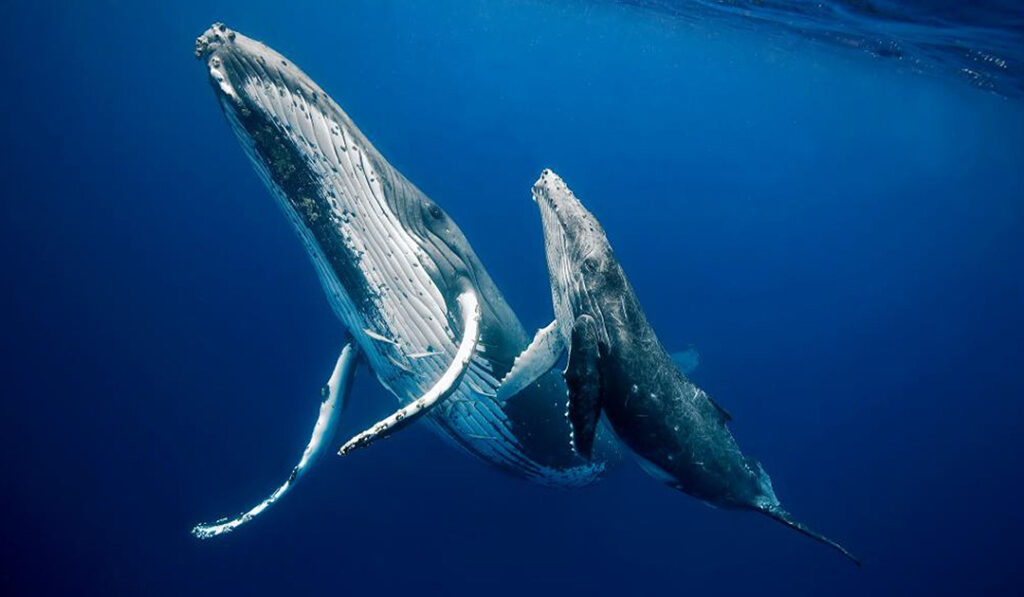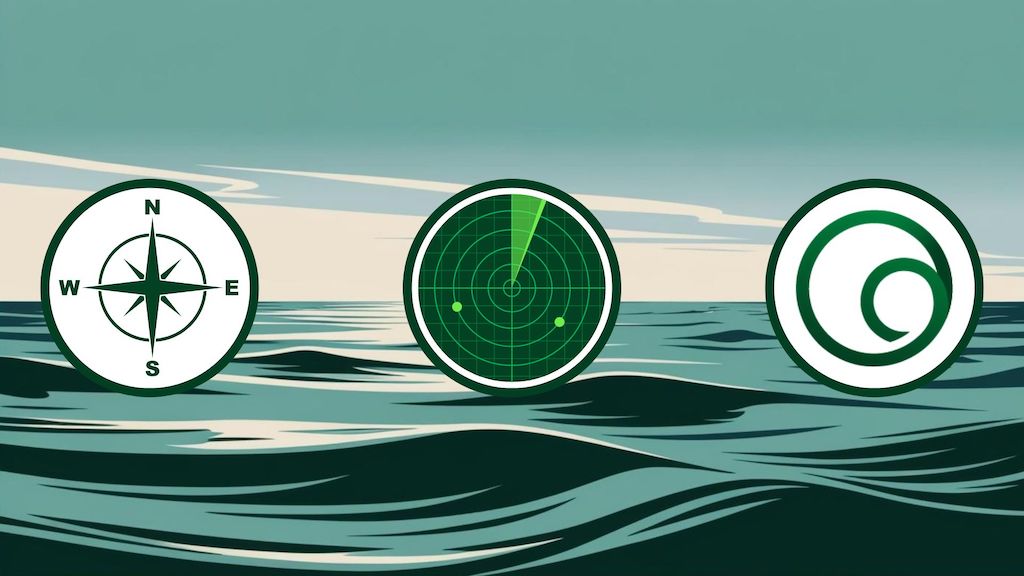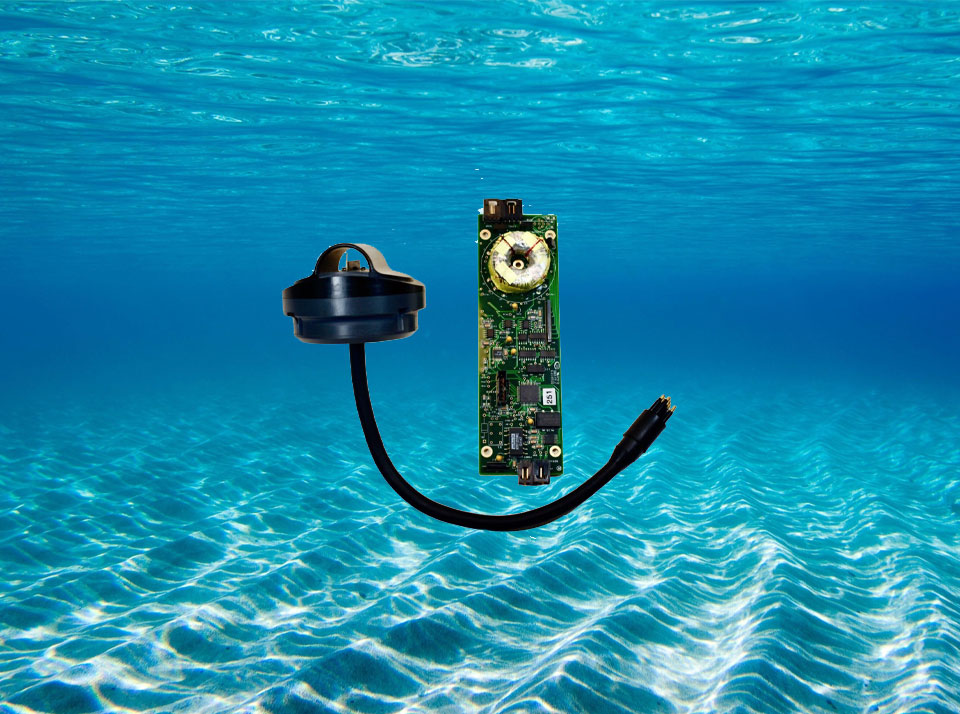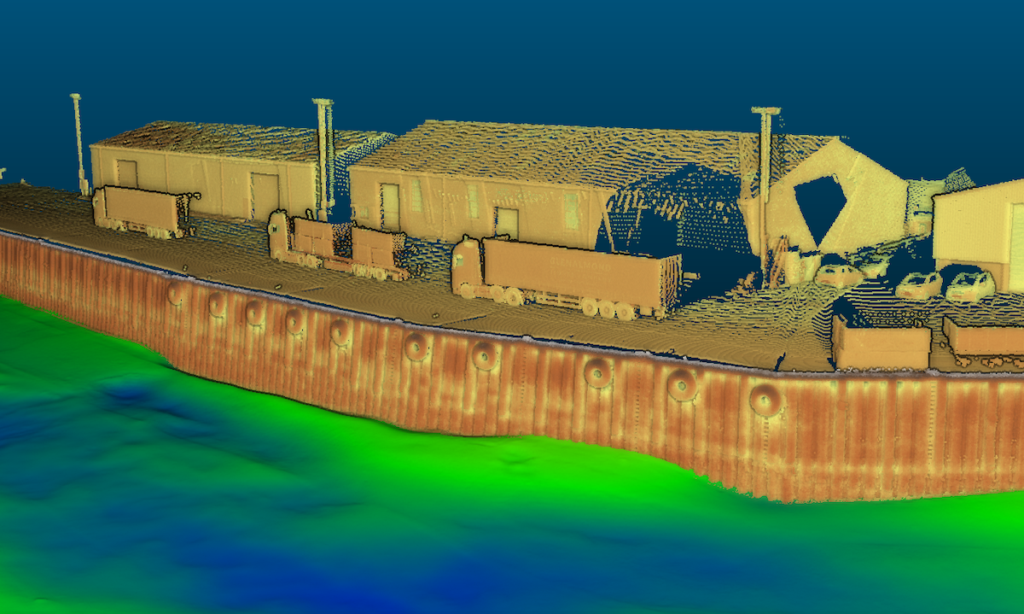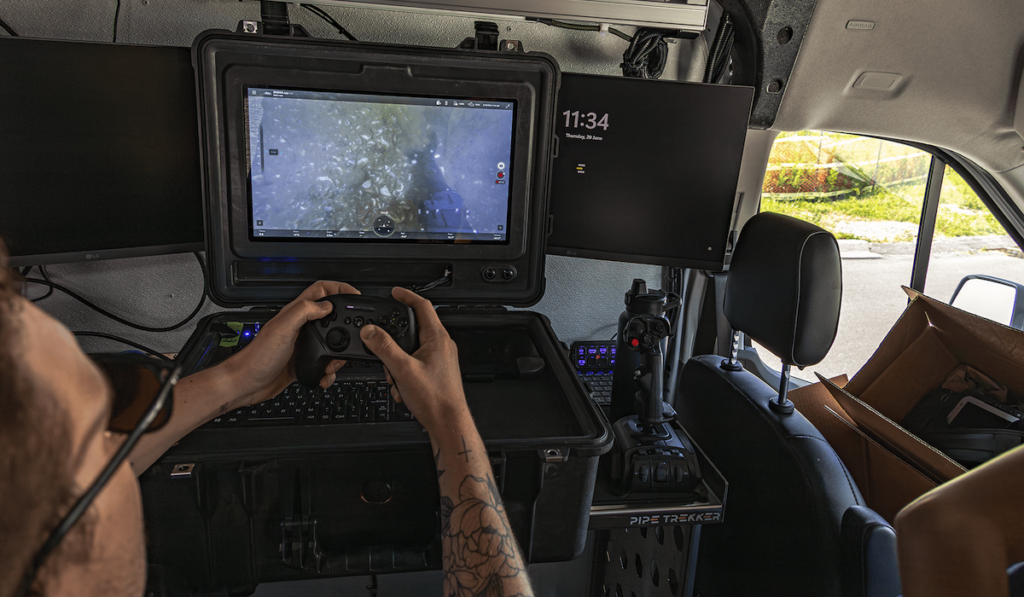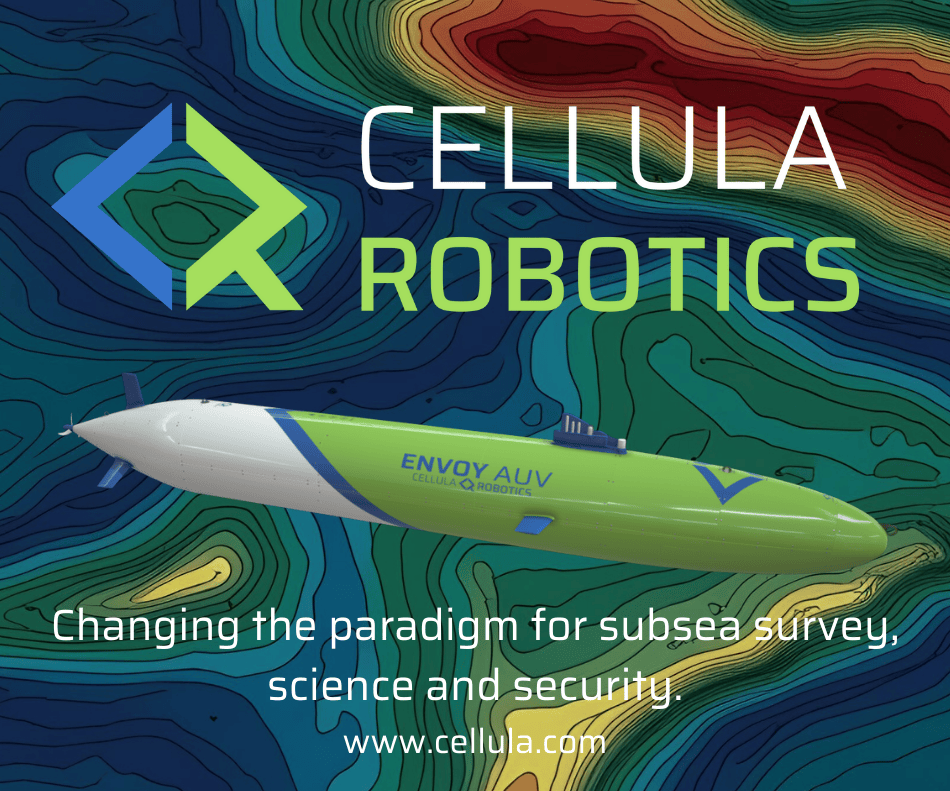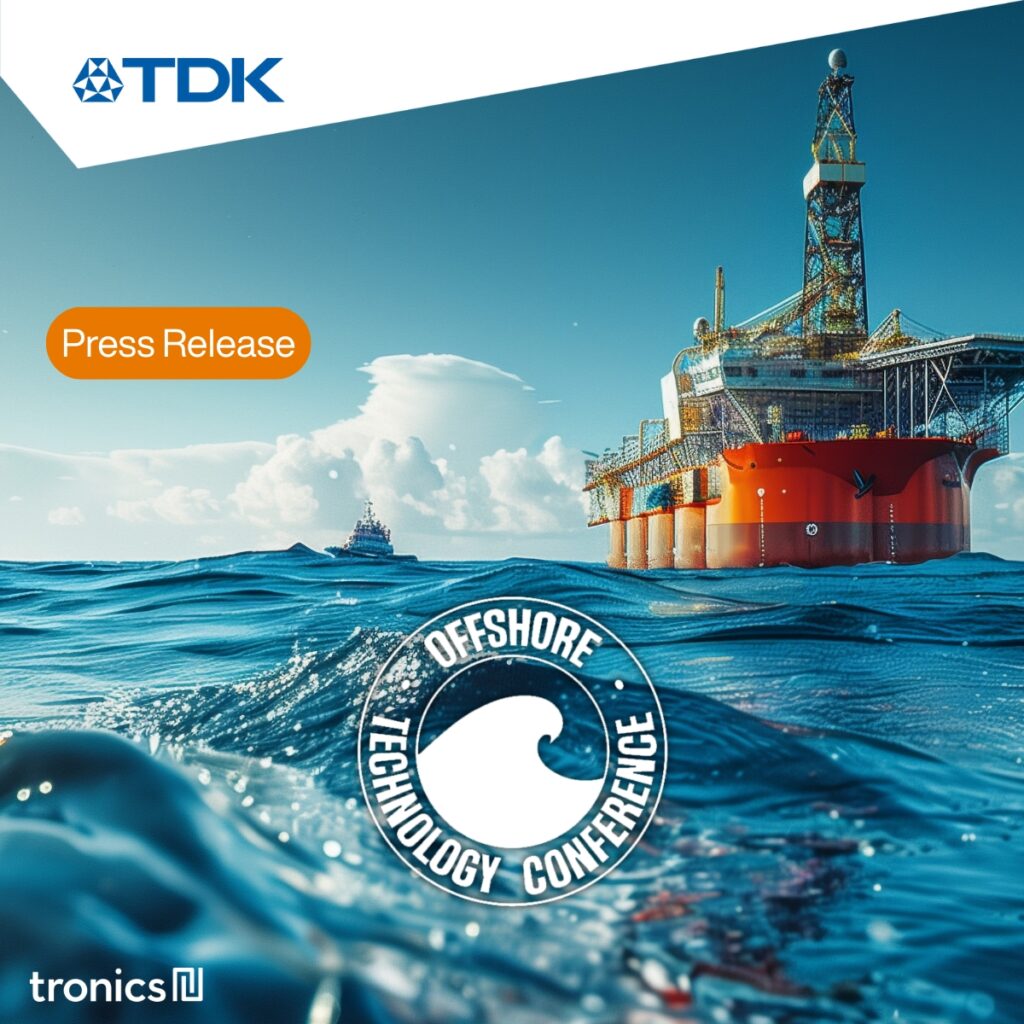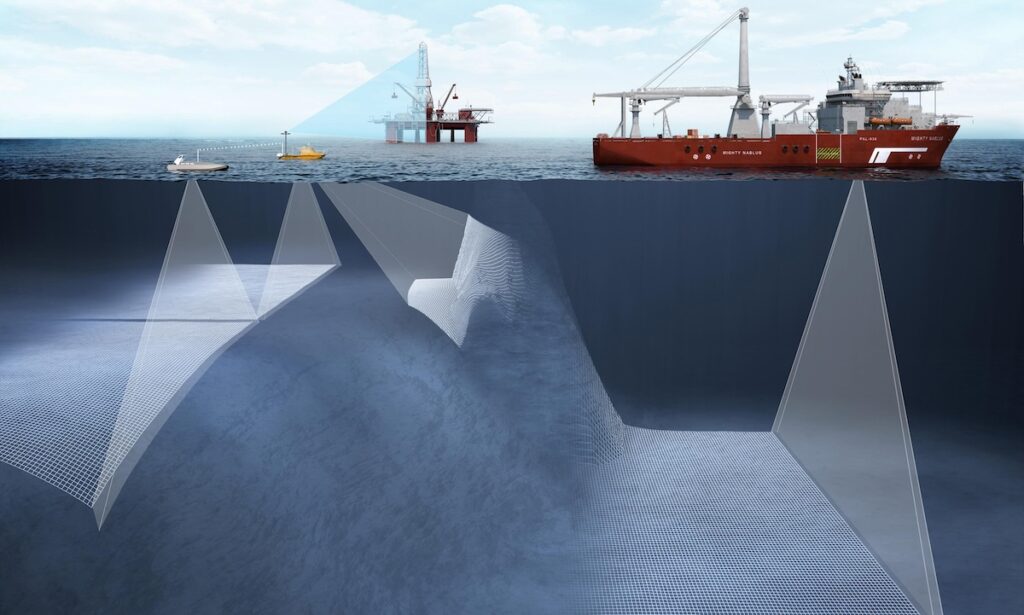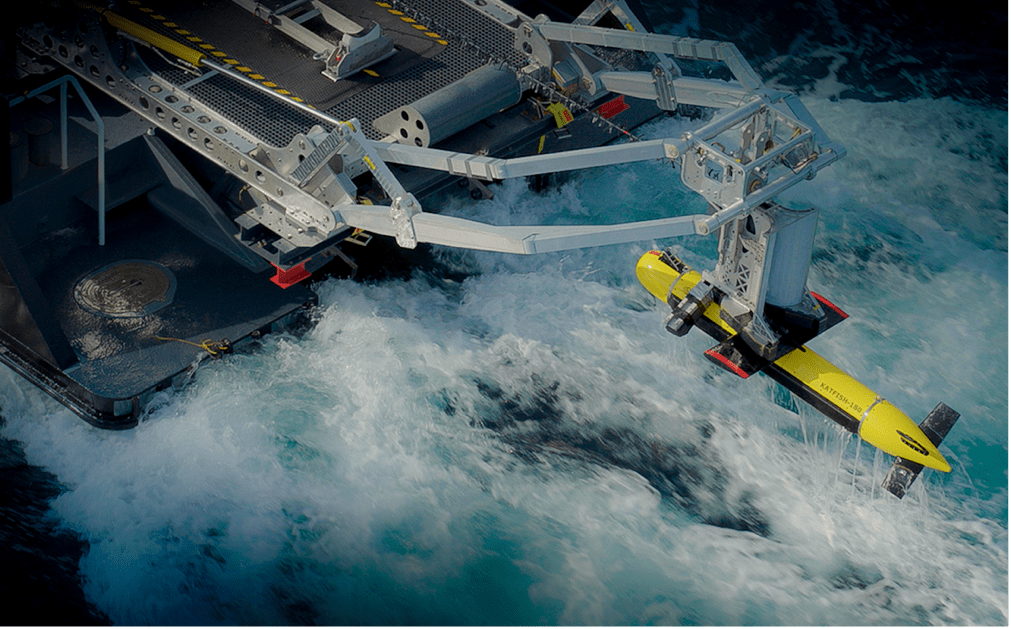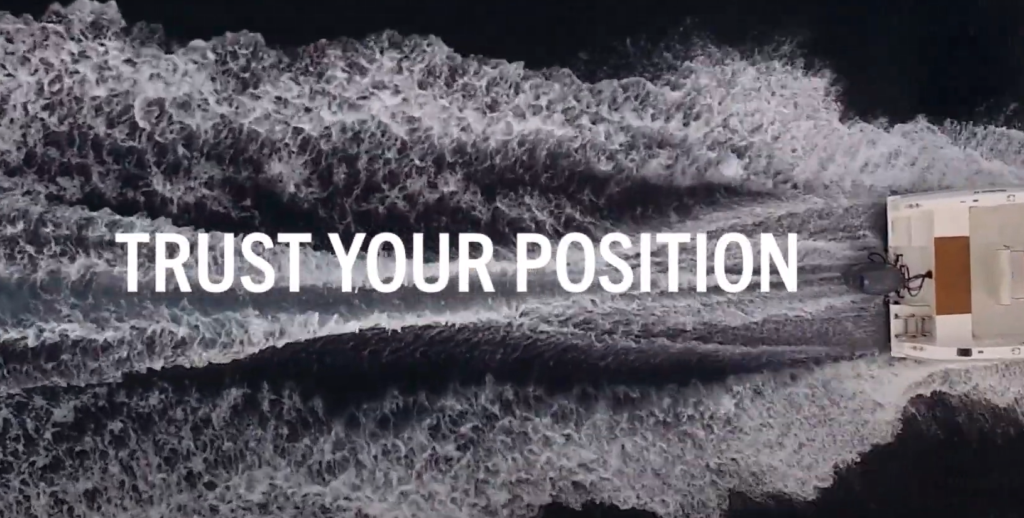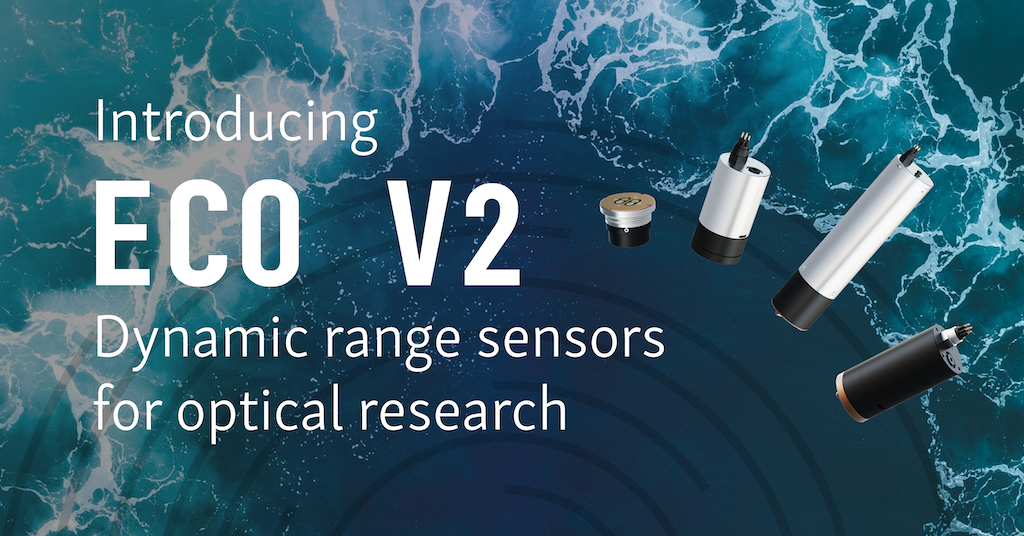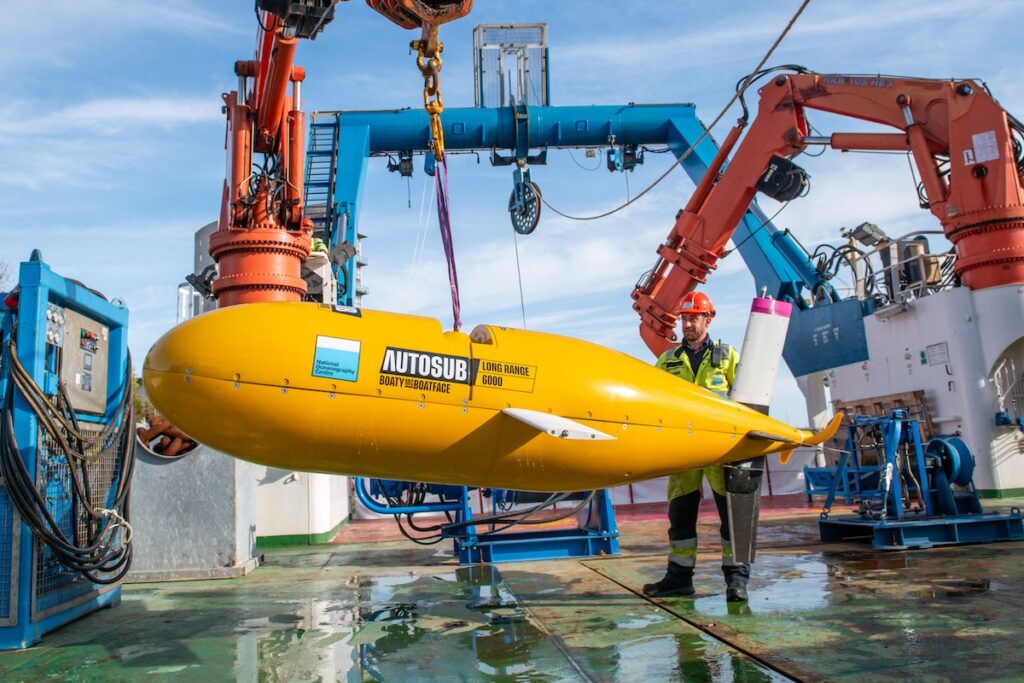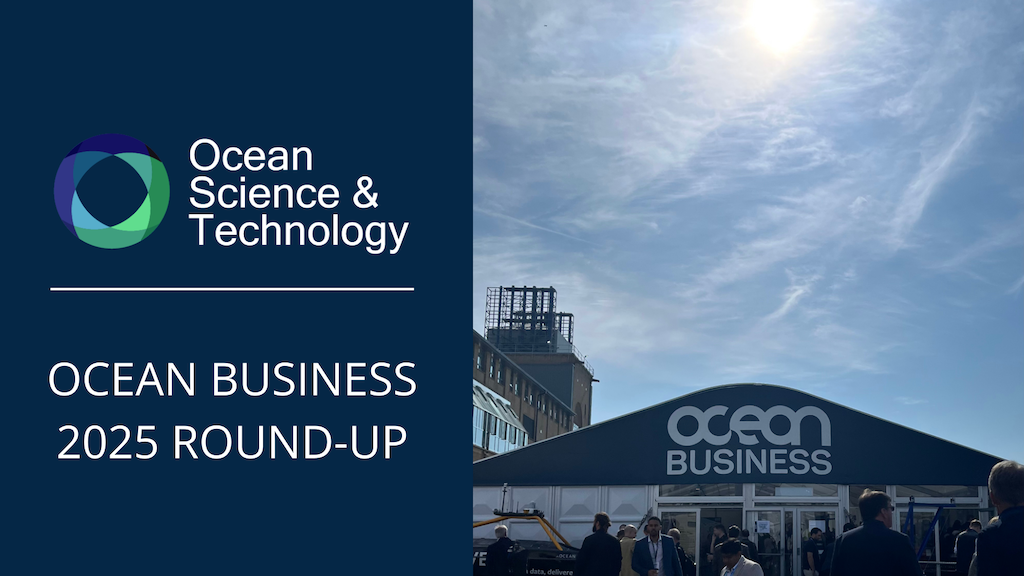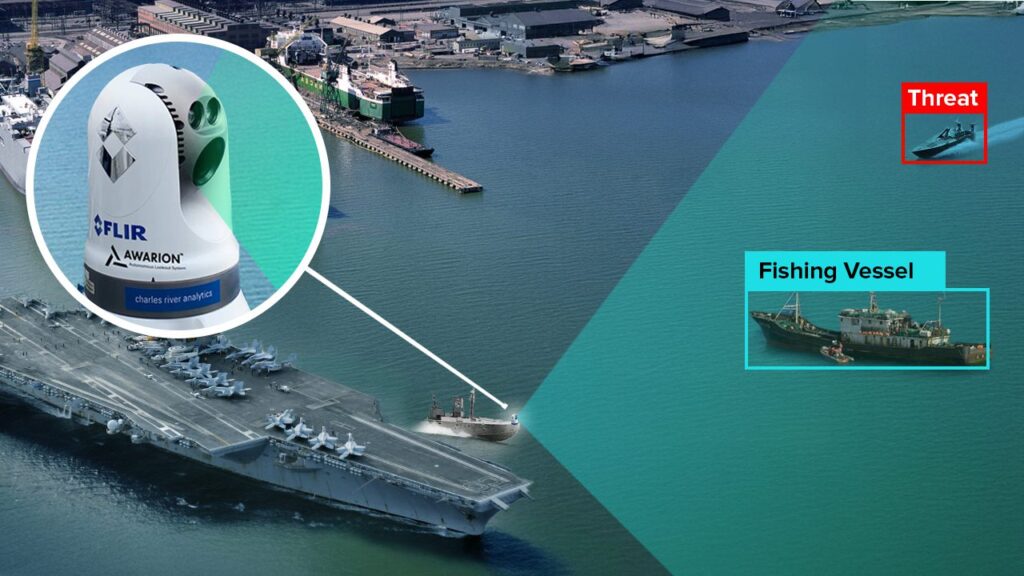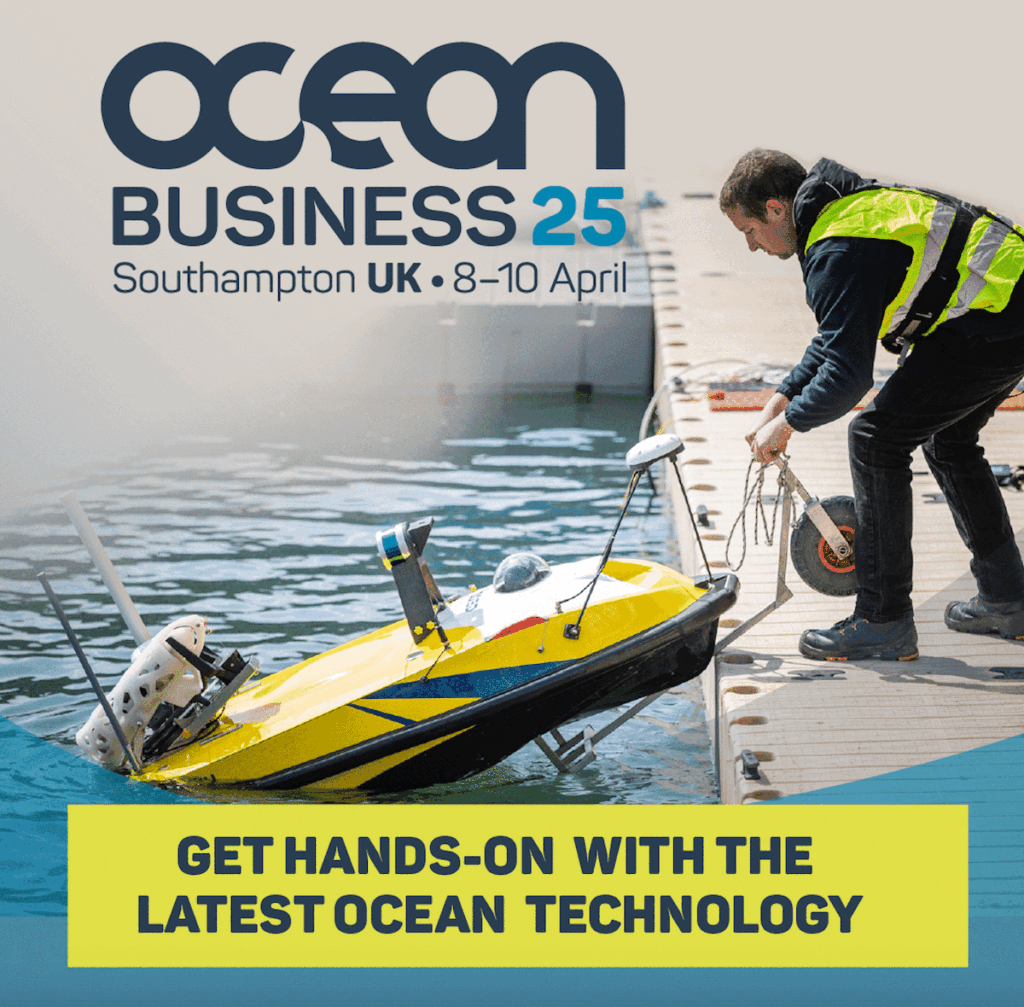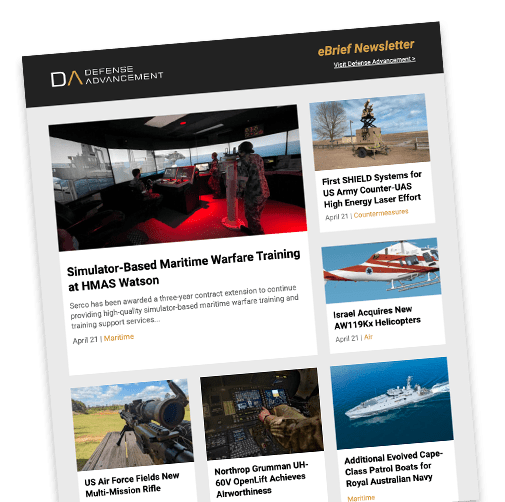
Connect with Leading Marine Technology Innovators
Discover cutting-edge solutions from leading global suppliers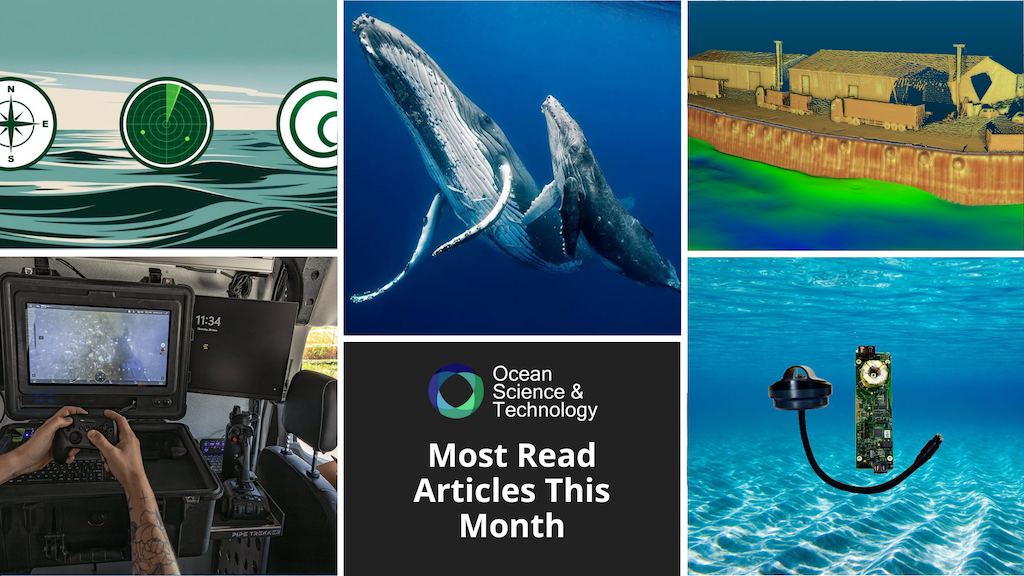
Explore OST’s round-up of our five most read articles in the industry throughout February, including new technologies, collaborations, white papers, and industry successes.
1. Teledyne Marine’s Slocum Gliders Enhance Conservation Efforts in the Roseway Basin
Teledyne Marine’s Slocum gliders, autonomous underwater vehicles (AUVs) equipped with JASCO Applied Sciences’ OceanObserver™ Passive Acoustic Monitoring technology, have been deployed in the Roseway Basin to detect and localize marine mammals in near-real-time, supporting conservation efforts by reducing risks such as vessel strikes and habitat degradation.
The Roseway Basin on the Scotian Shelf, situated off Cape Sable, Nova Scotia, serves as a crucial sanctuary for marine mammals. It provides habitat for species such as the endangered North Atlantic Right Whale, Fin Whale, and Sei Whale, all of which rely on this area for their survival. Read more >>
2. The Evolution of Maritime Autonomous Systems
Greenroom Robotics understands that maritime autonomous systems are quickly altering how vessels navigate, communicate, and operate. What started with basic autopilot functions has evolved into sophisticated AI-driven platforms capable of reducing human intervention across commercial shipping, offshore surveying, and naval defense applications.
However, not all autonomy solutions are equal — some depend on proprietary hardware and custom-built vessels, while others focus on software-driven integration with existing fleets. Early automation in maritime operations centered on mechanical and electronic autopilots, designed to maintain a steady course and speed. As radar, satellite navigation, and integrated bridge systems advanced, vessels gained more sophisticated decision-making tools.
3. NBOSI: CTD Sensor Developments & Industry Collaborations
In 2024, Neil Brown Ocean Sensors (NBOSI) continued advancing its oceanographic sensing technologies, including rugged and compact conductivity, temperature, and depth (CTD) sensors for marine platforms.
Throughout the year, the company developed its technology for autonomous underwater vehicles (AUVs), autonomous surface vehicles (ASVs), remotely operated vehicles (ROVs), and ocean gliders. Additionally, NBOSI expanded its range of advanced CTD sensors for modern subsea platforms, and formed new partnerships and collaborations to strengthen its presence within the industry.
4. Case Study: Trimble Applanix Technology Powers Hydrographic Surveys
SEP Hydrographic Limited, a company specialized in hydrographic and geophysical surveying, opted for Trimble Applanix technology to enhance asset inspections. SEP Hydrographic employs high-resolution 3D scanning technology, ensuring superior data quality above and below the waterline.
The company works with clients across various industries, providing services for asset integrity inspection and monitoring, post-storm or damage assessments, and pre-construction engineering surveys. Its integrated land and marine services offer clients an efficient, holistic solution. SEP regularly works in ports and harbors, areas known for their high multipath environments with substantial surrounding structures.
5. Versatile Control Systems for Deep Trekker ROVs
Deep Trekker provides a range of control systems for remotely operated vehicles (ROVs) designed to accommodate any mission, ensuring both ease of use and accuracy. Underwater ROVs are essential for various underwater operations across different sectors, including inspections, maintenance, and scientific studies. With diverse operational demands, control systems must provide versatility, enabling operators to manage various tasks, environments, and preferences.
Various input devices can be used to operate an ROV based on the mission and environment. Pilots can employ handheld controllers, tablets, console setups, or even advanced systems like Deep Trekker’s BRIDGE technology.
